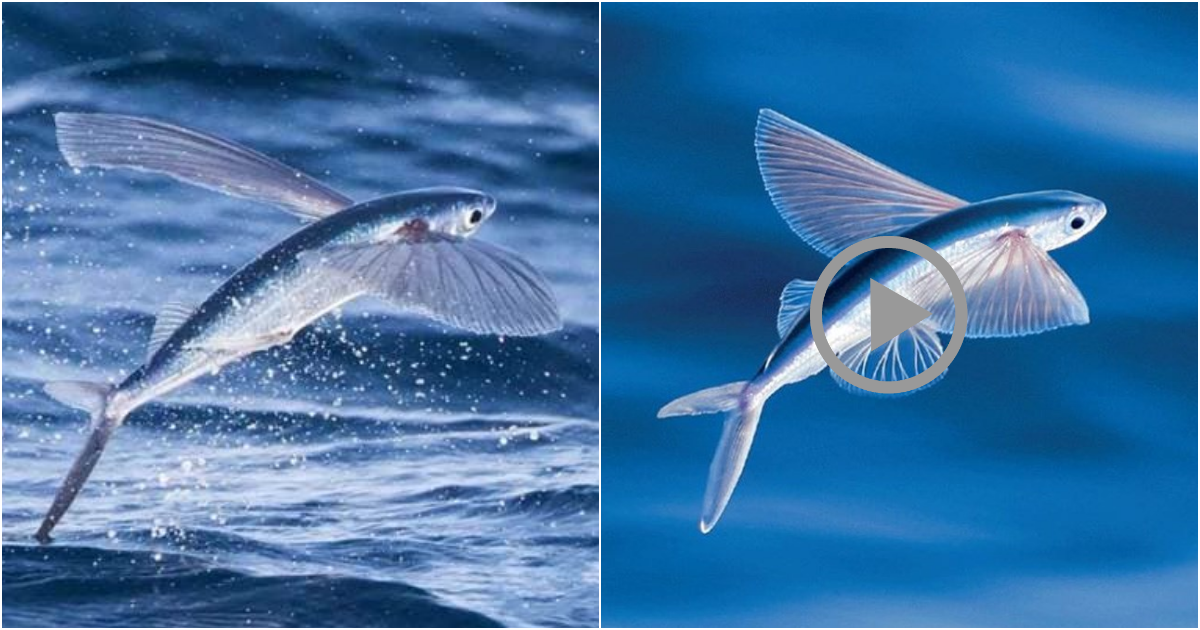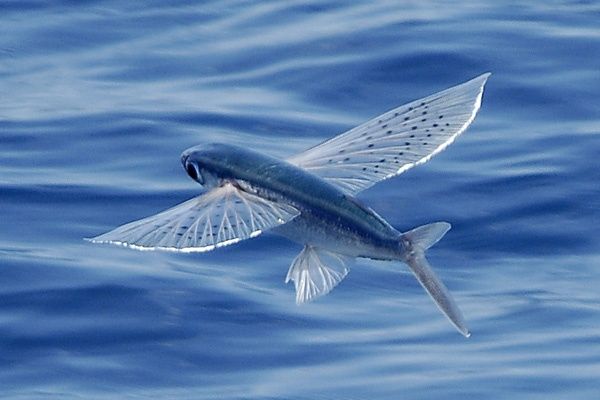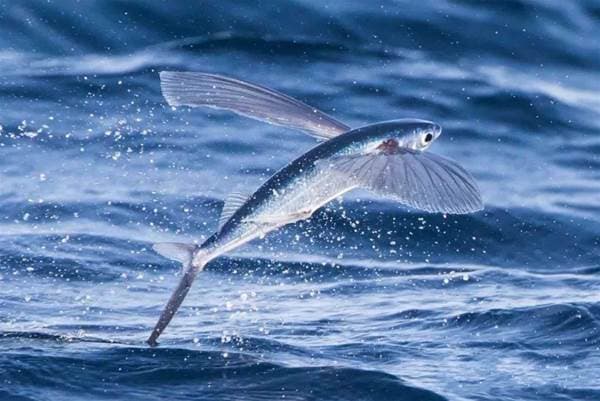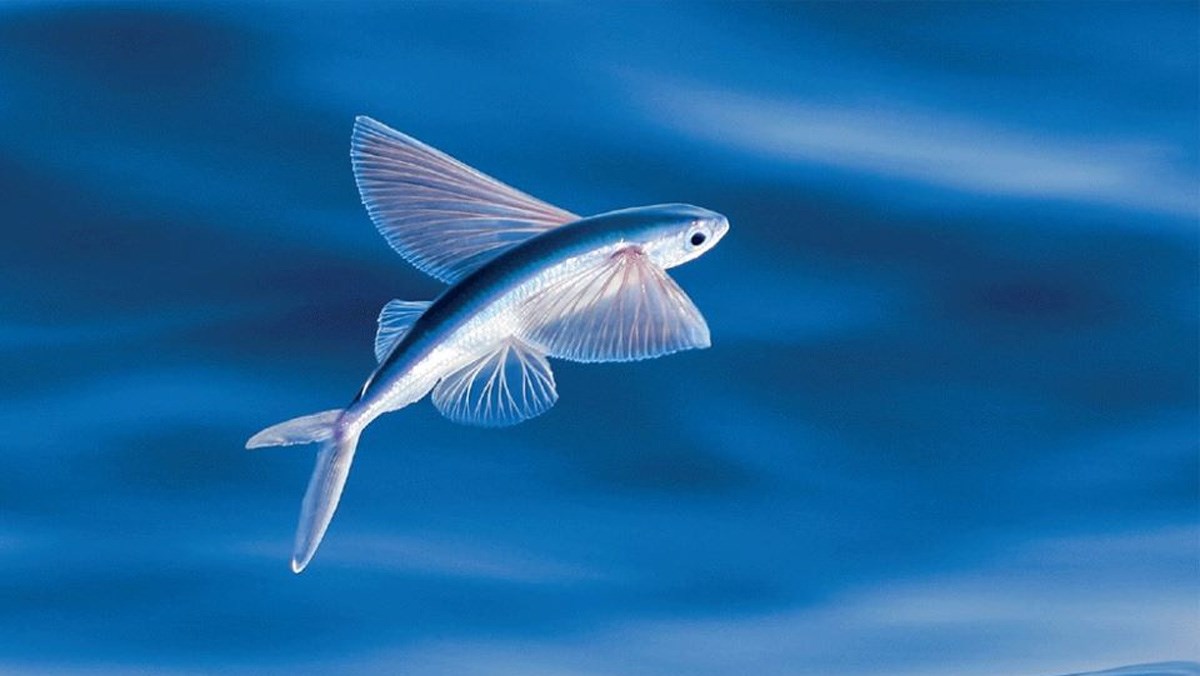Fascinating Facts About Flying Fish

Flying fish, scientifically known as Exocoetidae, are among the most interesting fish species. They are known for their ability to “fly” above the surface of the water. Flying fish do not fly like birds, but they have an amazing gliding ability in the air.
They have elongated pectoral fins that resemble wings. These fins allow them to glide for considerable distances above the water. Here are some interesting facts about flying fish:
- Scientific Name: The scientific name for flying fish is Exocoetidae.
- Flying and Gliding: Flying fish leap out of the water and glide over short distances. They have two wings and an unevenly forked tail with large pectoral fins. They maximize their flight in the air and fold their wings back when swimming underwater.
- Missile-like Shape: Flying fish have a torpedo-shaped body. Their pectoral fins serve a similar function as bird wings. Some species of flying fish have four wings, with large pectoral and pelvic fins. Currently, there are about 64 species of flying fish worldwide, grouped into 7-9 genera.

- Size: Flying fish typically range from 20 to 30 cm in length. The largest known species is the California flying fish, found in the Pacific Ocean, which can reach up to 45 cm in length.
- Speed: They can achieve speeds of up to 60 km/h while flying. The gliding ability of flying fish helps them escape from predators. When threatened, they veer out of the water at speeds of 60 km/h, tuck their tails and keep their fins close to their bodies. Then, they spread their wings and leap into the air, gliding for about 45 seconds. They can glide at twice the speed they swim underwater.
- Acceleration: Flying fish can accelerate from 30 km/h in water to 60 km/h in the air. They can cover distances of over 200 meters and reach heights of 1.2 meters. They return to the water surface between glides to increase their speed.
- Group Behavior: Flying fish often swim in large schools, and sometimes the entire school leaps into the air and glides together.
- Predators: While gliding helps them evade underwater predators like tuna, marlin, and swordfish, flying fish become targets for seabirds when in the air.
- Lifespan: The average lifespan of flying fish is up to 5 years. They are attracted to light, much like many other marine organisms, so fishermen have used blinking lights to catch them.







